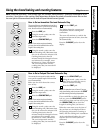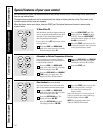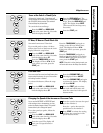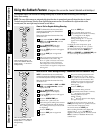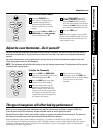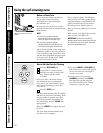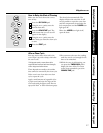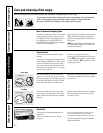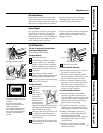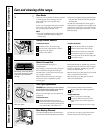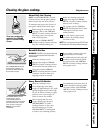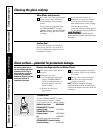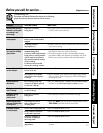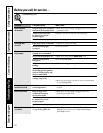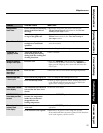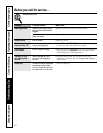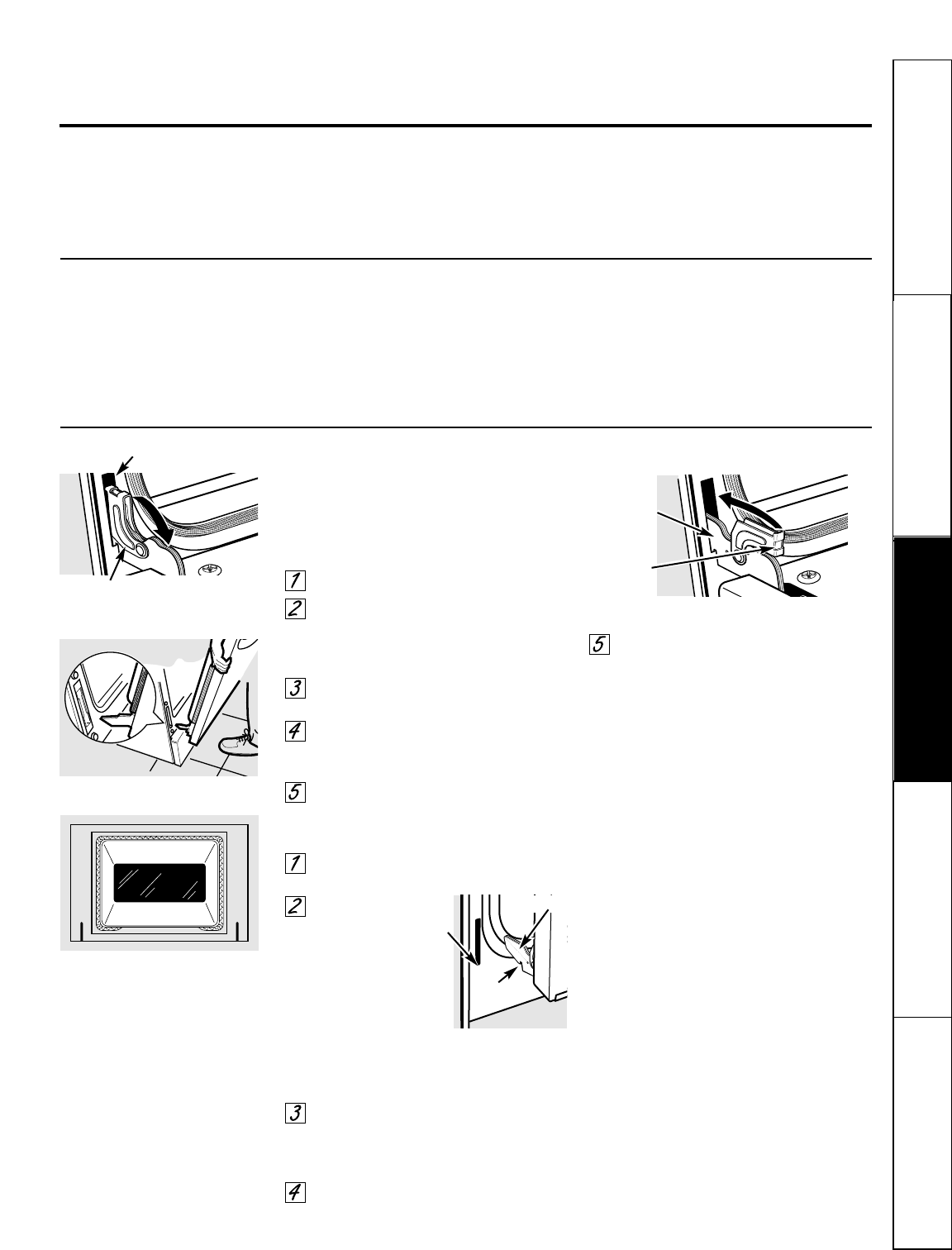
Lift-Off Oven Door
The door is very heavy. Be careful when
removing and lifting the door.
Do not lift the door by the handle.
To remove the door:
Fully open the door.
Pull the hinge locks down toward
the door frame, to the unlocked
position. A tool, such as a small flat-
blade screwdriver, may be required.
Firmly grasp both sides of the door
at the top.
Close door to the door removal
position, which is halfway between the
broil stop position and fully closed.
Lift door up and out until the hinge
arm is clear of the slot.
To replace the door:
Firmly grasp both sides of the door
at the top.
With the
door at the
same angle as
the removal
position, seat the
indentation of
the hinge arm
into the bottom
edge of the hinge slot. The notch in
the hinge arm must be fully seated
into the bottom of the slot.
Fully open the door. If the door will
not fully open, the indentation is
not seated correctly in the bottom
edge of the slot.
Push the hinge locks up against the
front frame of the oven cavity to the
locked position.
Close the oven door.
To clean the inside of the door:
■ Do not allow excess water to run into
any holes or slots in the door.
■ Because the area inside the gasket is
cleaned during the self-clean cycle, you
do not need to clean this by hand.
■ The area outside the gasket and the
door liner can be cleaned with a soap-
filled steel wool or plastic pad, hot
water and detergent. Rinse well with a
vinegar and water solution.
To clean the outside of the door:
■ Use soap and water to thoroughly
clean the top, sides and front of the
oven door. Rinse well. You may also use
a glass cleaner to clean the glass on the
outside of the door. Do not let water
drip into the vent openings.
■ If any stain on the door vent trim is
persistent, use a soft abrasive cleaner
and a sponge-scrubber for best results.
■ Spillage of marinades, fruit juices,
tomato sauces and basting materials
containing acids may cause
discoloration and should be wiped up
immediately. When surface is cool,
clean and rinse.
■ Do not use oven cleaners, cleaning
powders or harsh abrasives on the
outside of the door.
The gasket is designed with a gap
at the bottom to allow for proper air
circulation.
Do not rub or clean the door
gasket—it has an extremely low
resistance to abrasion.
If you notice the gasket becoming
worn, frayed or damaged in any
way or if it has become displaced
on the door, you should have it
replaced.
Control Panel
It’s a good idea to wipe the control panel
after each use of the oven. Use a damp
cloth to clean or rinse. For cleaning, use
mild soap and water or a 50/50 solution of
vinegar and water. For rinsing, use clean
water. Polish dry with a soft cloth.
Do not use abrasive cleansers, strong liquid
cleaners, plastic scouring pads or oven
cleaners on the control panel—they will
damage the finish.
Painted Surfaces
Painted surfaces include the sides of the
range and the door, top of control panel
and the drawer front. Clean these with soap
and water or a vinegar and water solution.
Do not use commercial oven cleaners,
cleaning powders, steel wool or harsh
abrasives on any painted surface.
Safety Instructions Operating InstructionsSafety Instructions Operating Instructions Care and Cleaning Troubleshooting Tips Consumer Support
23
GEAppliances.com
Removal position
Hinge lock
Slot
Pull hinge locks down to unlock.
Hinge lock
Indentation
Bottom
edge
of slot
Push hinge locks up to lock.
Hinge arm
Hinge
arm



